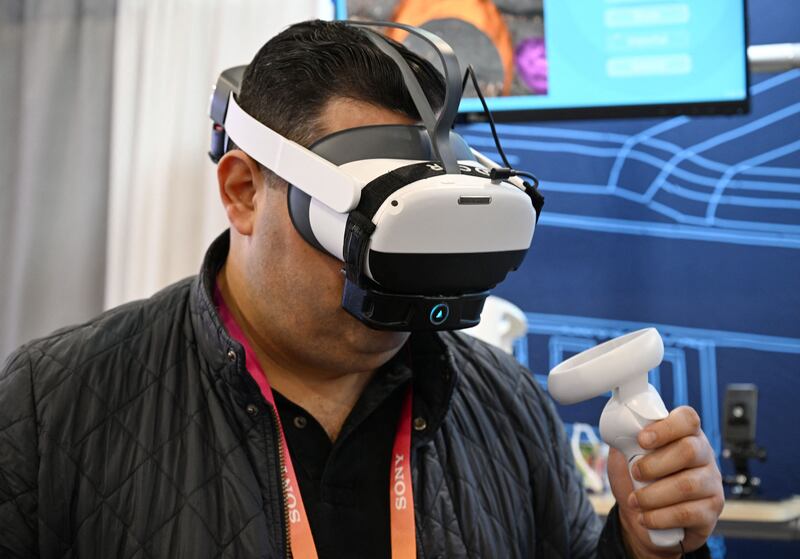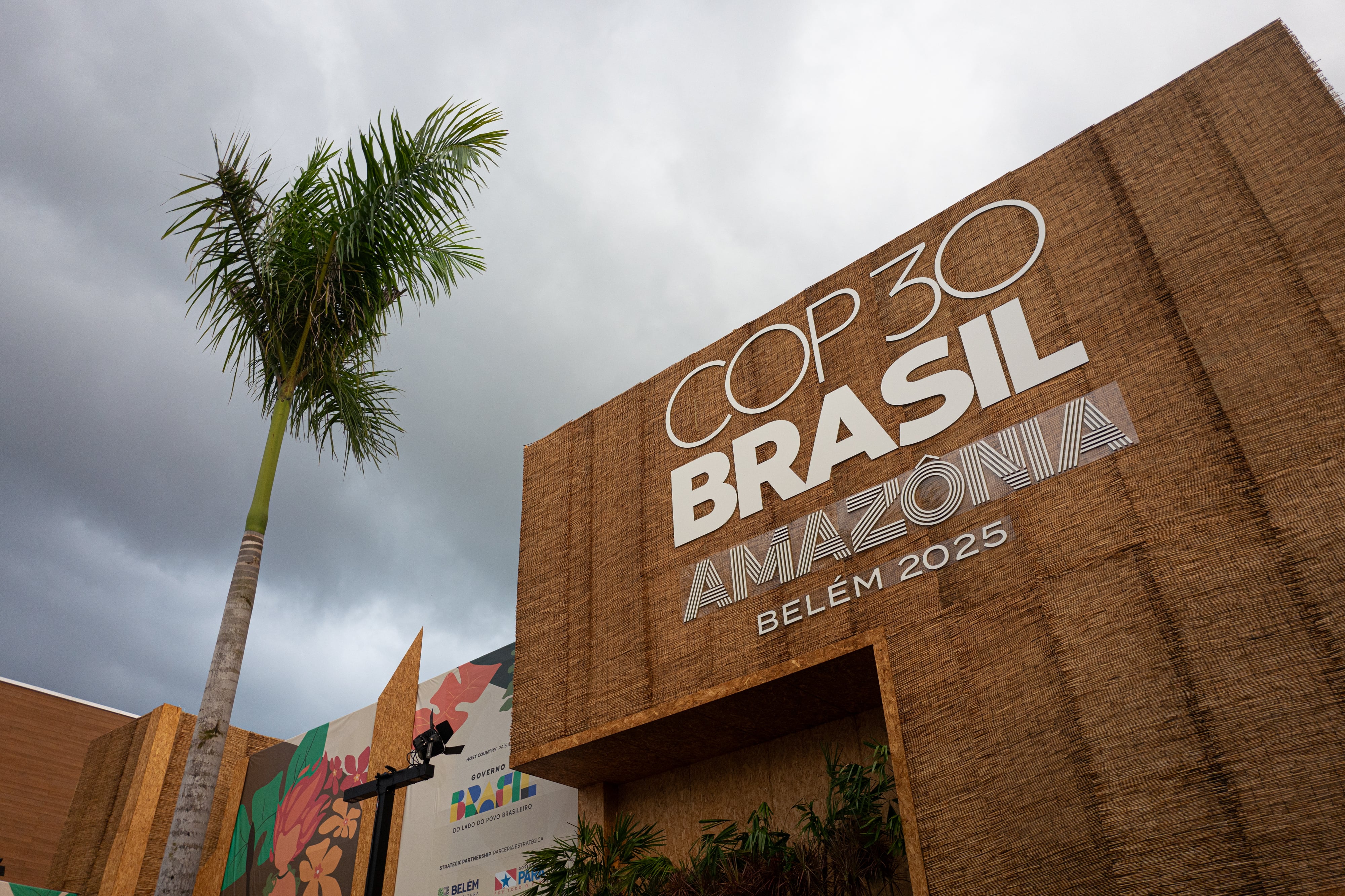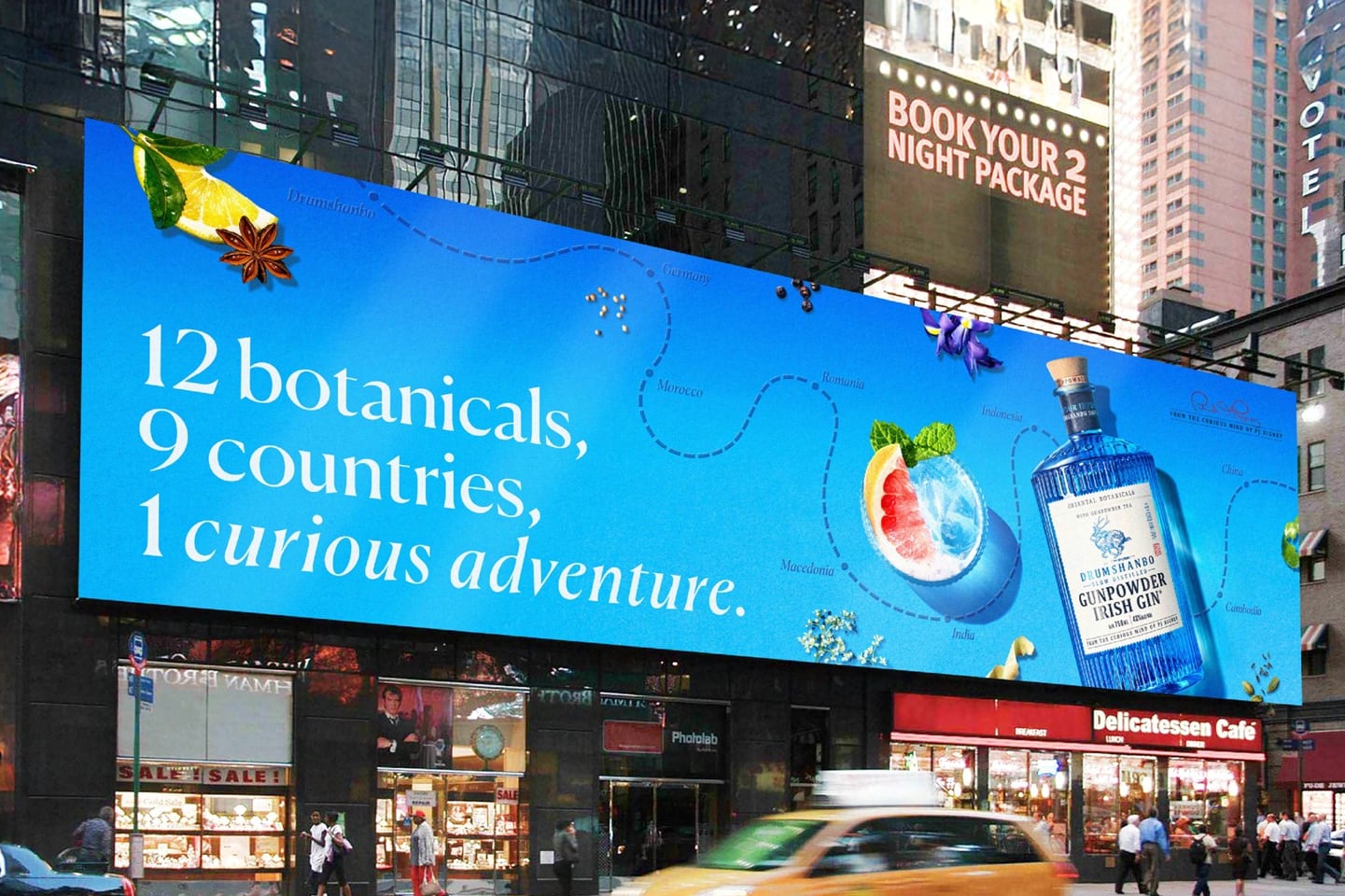As big returns go, CES 2023 fared well. The show, which serves as the launch pad for new and innovative consumer technology alongside the essential tech that will be launched throughout the year, was returning to a fully in-person format for the first time since 2020, before the Covid-19 pandemic fully hit the US.
After a virtual show in 2021 and a hybrid format in 2022 that limited attendees to a quarter of the usual numbers, the return to the Las Vegas Convention Centre was welcomed. Attendance beat expectations, with more than 115,000 people crowding the halls of the centre and the surrounding hotels to see what more than 3,200 exhibitors had to offer for the next generation of innovation in sustainability, transport, health and the metaverse.
“CES is back,” Gary Shapiro, president of the Consumer Technology Association, which runs the event, said during his state-of-the-industry address. “At CES 2023, new innovations promise to change our world for the better. Companies big and small are showcasing innovations in mobility, digital health, artificial intelligence, robotics, food tech, smart home, digital assets and more.”
So what did we learn from CES?
READ MORE
Sustainability is key
From smart farming and water purification to clean energy and electric speedboats, sustainability was a key theme at CES.
At the opening of the show, John Deere chief executive John May laid out the future of farming, with new technology he said would help ensure food security in the years ahead, creating more with fewer resources.
The company unveiled a new electric excavator, along with ExactShot technology that allows farmers to cut the amount of starter fertiliser needed during planting by 60 per cent by placing the fertiliser on seeds as they are planted in the soil, rather than applying a continuous flow of fertiliser to the entire row of seeds.
“Everything we do at John Deere is focused on real purpose and real impact,” said chief technology officer Jahmy Hindman. “This means we’re developing technology that enables our customers to provide the food, fuel, fibre and infrastructure that our growing global population needs.”
[ Urine-monitoring device and huge wireless TV among eye-catching tech at CESOpens in new window ]
Big claims for self-driving cars take a back seat
CES has increasingly become a venue for car companies to show off their latest and greatest tech – plus a few things that are unlikely to ever see the inside of a regular showroom. It makes sense that the big manufacturers are attending the show; cars are becoming increasingly high tech and more entwined with our smart devices.
But this year saw somewhat of a shift in focus. While previous years saw big promises being made about the future of the car, this year saw the setting of much more attainable targets.
A few years ago, the big focus was on autonomous driving, with predictions that we would all be chauffeured around by self-driving cars or autonomous taxis. That has yet to come to pass. Even the much-heralded Las Vegas Convention Centre Loop has skipped out on the autonomous vehicles and opted for human drivers.
CES 2023 showed off developments that are designed to make cars safer and that could actually make it into cars before the end of the decade.
One of the most attention-grabbing launches of the show was the BMW I Vision Dee concept car. The colour-changing chameleon has its roots in BMW’s design but comes with a high-tech twist, namely 240 e-ink panels all over the car that allow it not only to change colour and pattern, but also wink, smile and generally express emotion.
The e-ink skin could be dismissed as a gimmick, although BMW says its engineers are exploring ways to make it possible. But this not the most exciting thing about the car. BMW also debuted a head-up display that can be customised according to individual need, moving from the basic settings that display speed to more augmented reality through what the company is calling a “mixed-reality slider” that adds extras such as maps and directions, all the way through to a virtual-reality world.
The best bit about this is that BMW has committed to including elements of this display in its Neue Klasse vehicles, which are scheduled for release in 2025. Although it’s unlikely that we will have the full VR experience, the detailed head-up display is possible.
“We are able to explore the full potential of digitalisation to transform the car into an intelligent companion,” said Oliver Zipse, BMW’s chairman.

Sony announced a partnership with Honda to create an electric car under the Afeela brand. The joint venture showed off a concept car that has 45 cameras and sensors around the vehicle, hammering home the point that the future of cars is high-tech, even if self-driving ones haven’t dominated our streets.
Those who want a more sustainable option may have been intrigued by the Lightyear, a car that has its own solar panels so that it can charge without needing to be plugged in. Already offering the eye-watering $250,000 Lightyear 0, the Dutch company behind it has opened the waiting list for its latest model, the Lightyear 2, which is designed to be an affordable electric vehicle that should be out towards the end of 2025.
The solar panels will help boost the range to more than 900km (500 miles) on a single charge.
[ Irish company unveils car safety technology at Las Vegas technology showcaseOpens in new window ]
The metaverse is evolving
The metaverse hasn’t gone away, you know. Although Meta’s investment in the digital world may not be paying off quite as quickly as the company would have hoped, the metaverse was certainly a theme at this year’s CES.
This was the first year the technology had its own dedicated area on the show floor, alongside gaming and mixed-reality exhibitors.
If you wanted recreational metaverse equipment, there was plenty to be found, from haptic feedback vests to glasses-free 3D displays that could prove to be the bridge between the real world and the virtual one.
HTC showcased the Vive X-ray Elite, a high-end headset it hopes will tempt people into the new technology. Asus showed off a 3D laptop, while Breslin showed off some impressive 3D displays that do not require you to strap a bulky headset to your face.
Want to smell while you are in the metaverse? OVR had a headset for that, with “wearable, wireless digital scent” technology that has eight cores scents that can be combined to create different aromas.
But the real focus seemed to be on business uses. Accenture released some research that indicated the growth of the metaverse could come from business interests, fuelling a $1 trillion commerce opportunity by the end of 2025.
Although gaming was appealing to 59 per cent of metaverse users, the research found only 4 per cent of consumers actually viewed the metaverse as a gaming platform, with the majority planning to use the immersive platform to access products and services across media and entertainment, fitness, retail, travel and healthcare.
Magic Leap, a company that made big promises, was pushing the idea of using the headsets for disaster response and medical use, with its new headset, Magic Leap 2, gaining certification for use by doctors in surgery. The company was conducting public demos on its stand in the middle of the show, rather than tucking them away behind closed doors.
That strategy appears to have achieved its goal and shows how the once-secretive company has changed under Peggy Johnson, who took over in late 2020. For most people the idea of spending more than $1,000 on a headset is a stretch; for businesses, it’s not such a big deal. The Magic Leap demos were generating a lot of talk at the show – for the right reasons.

Rude good health tech
Aside from the usual fitness trackers and monitors, there were some interesting health tech devices to be found in the halls of CES.
A punchbag cover that makes your workout interactive? CES had it. Smart beds that eliminate the need to wear monitors? Covered, multiple times. Withings and Vivoo even showed off new ways to monitor your health, through urine analysis. Movano, meanwhile, showed off a smart ring, the Evie, aimed at women, which will challenge the Oura Ring.
With the spectre of Covid continuing to hang over the show – many attendees wore face masks and there were guidelines on good pandemic etiquette at the entrance – it was inevitable that some related tech would appear on the show floor. Companies were demonstrating everything from virus detection to air filtration, with one device, Virus Warn, claiming to be able to tell you in minutes if your sniffles were caused by RSV, Covid or the flu.
And health tech is also becoming increasingly inclusive. For the first time. L’Oréal showed off a new beauty aid designed for those with limited mobility in their hands. The Hapta allows users to attach a lipstick through a magnetic mount, for example, and uses a series of smart sensors to keep it in the proper orientation while you apply your make-up. The product wasn’t just for the show though; L’Oréal is planning to release it later this year with a Lancôme lipstick.
















